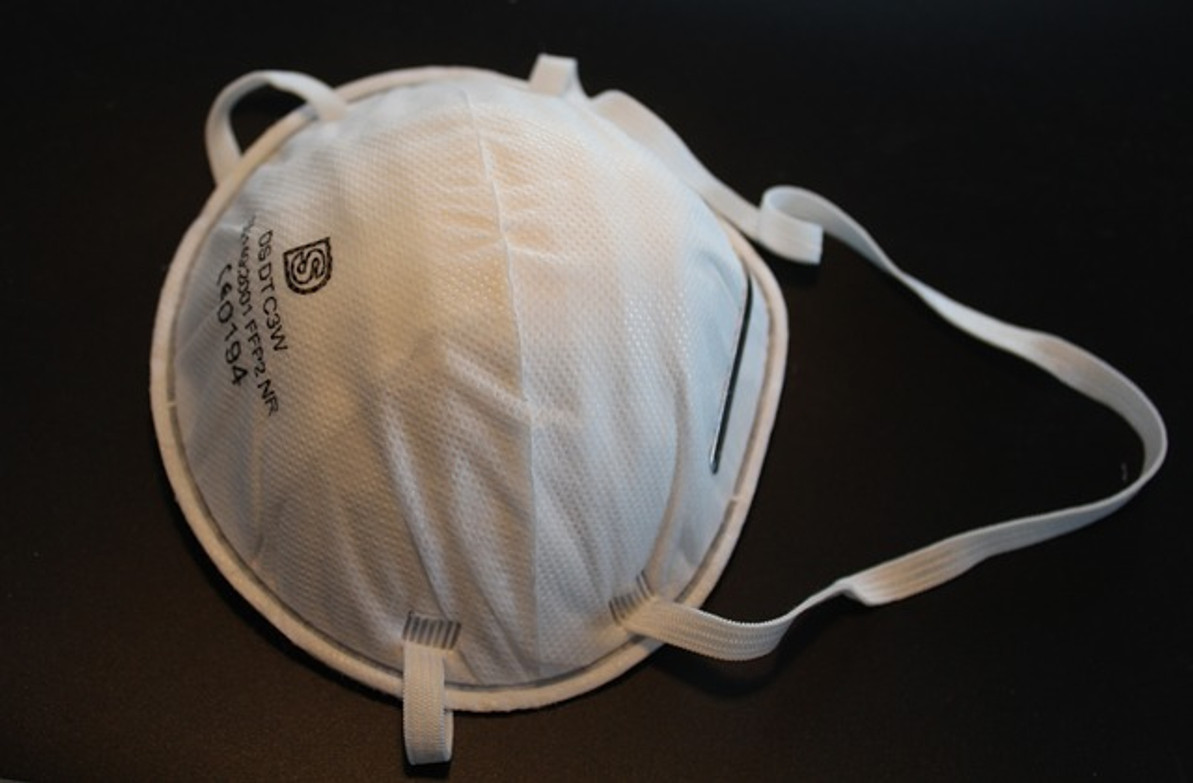OSHA Issues Guidance on Mask Usage in the Workplace
The U.S. Occupational Safety and Health Administration (OSHA) has issued guidance on mask usage in the workplace. According to OSHA, employers should encourage their employees to wear a mask. It's not a requirement. Rather, OSHA is simply recommending that employers take the initiative to encourage mask usage among their employees. So, why has OSHA decided to take this step?
Why Employees Wear Masks
Employees have been wearing masks in common workplaces for decades. Painters, for instance, often wear respirators to prevent the inhalation of toxic gases and fumes, whereas carpenters wear dust masks to filter dust and debris from the air they breathe. In recent months, however, mask usage has increased among employees and consumers alike in the wake of the coronavirus (COVID-19) outbreak.
COVID-19, of course, is a viral disease caused by the novel coronavirus that first appeared in late 2019. Since then, it's been rapidly spreading across the world. Health officials have said, however, that wearing a mask can reduce the transmission rate of COVID-19. Therefore, OSHA wants employers to recommend the usage of masks to lower transmission rates. If employees wear masks, they are less likely to catch or spread the viral disease.
OSHA: Cloth Masks Are Not PPE
It's important to note that OSHA doesn't consider cloth masks to be personal protective equipment (PPE). OSHA explains that cloth masks -- garments, bandanas or improved mouth coverings -- fail to protect against infectious illness. They don't offer a secure fit around the wearer's face, so disease-causing viruses can easily pass through them. And since they aren't considered PPE, employers aren't required to provide cloth masks to their employees.
Surgical masks, on the other hand, are considered PPE. They are designed specifically to protect against airborne agents, including disease-causing viruses. Therefore, surgical masks offer a strong layer of protection for employees. Surgical masks are frequently worn by healthcare workers, many of whom come into close contact with sick individuals.
Wearing a mask is just one of many protective measures employees can take to lower their risk of catching an infectious disease. Hand-washing is equally if not more important. Most infectious-causing viruses are transmitted by touch rather than inhalation. If an employee touches a contaminated surface and then touches his or her face, the employee may become infected. As a result, hand-washing is an essential practice for lowering the rates of transmission.
You can learn more about OSHA's guidance on mask usage in the workplace by visiting its official website here.
Recent Posts
-
Fire Safety in the Workplace: What You Need to Know
What steps are you taking to prevent fires in your workplace? According to the U.S. Occupational Saf …Aug 23rd 2023 -
Is It Safe to Go Jogging With a Cold Infection?
If you're suffering from a cold infection, you might be wondering whether it's safe to go jogging. T …Aug 22nd 2023 -
5 Safety Tips to Follow When Using a Powder-Actuated Tool
Powder-actuated tools are commonly used to join materials to steel and concrete. Also known as Hilti …Aug 20th 2023




